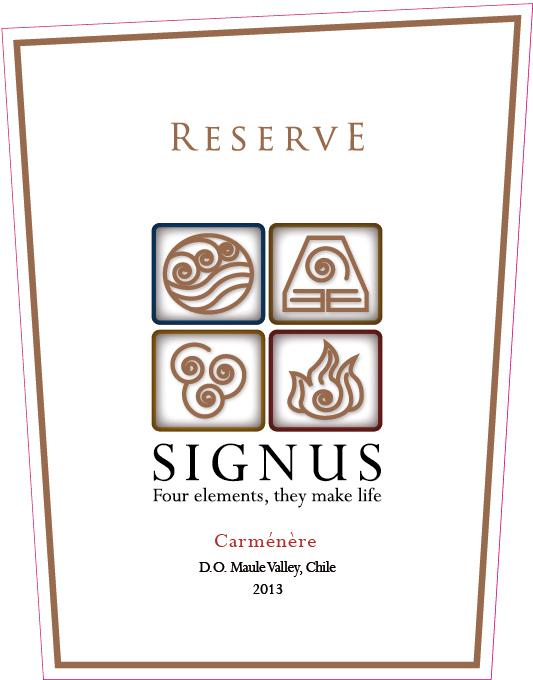2013 Maule Valley Carmenere
Bodegas Y Vigñedos De Aguirre Signus is a captivating red wine crafted from the Carmenere varietal in the esteemed Maule Valley. This 2013 vintage showcases a full-bodied character, enveloping the palate with rich layers of dark fruit flavors that are both prominent and inviting. The mouthwatering acidity provides a refreshing contrast, while the wine's tannins are notable and well-integrated, adding structure and depth to the experience. Slightly dry, this wine offers a delightful complexity, making it a wonderful companion to hearty dishes or a delightful solo sip for any occasion. Its expression of the Maule Valley terroir not only reflects the region's unique microclimates but also embodies the winemaking prowess of Bodegas Y Vigñedos De Aguirre.
Bodegas Y Vigñedos De Aguirre Signus is a captivating red wine crafted from the Carmenere varietal in the esteemed Maule Valley. This 2013 vintage showcases a full-bodied character, enveloping the palate with rich layers of dark fruit flavors that are both prominent and inviting. The mouthwatering acidity provides a refreshing contrast, while the wine's tannins are notable and well-integrated, adding structure and depth to the experience. Slightly dry, this wine offers a delightful complexity, making it a wonderful companion to hearty dishes or a delightful solo sip for any occasion. Its expression of the Maule Valley terroir not only reflects the region's unique microclimates but also embodies the winemaking prowess of Bodegas Y Vigñedos De Aguirre.




